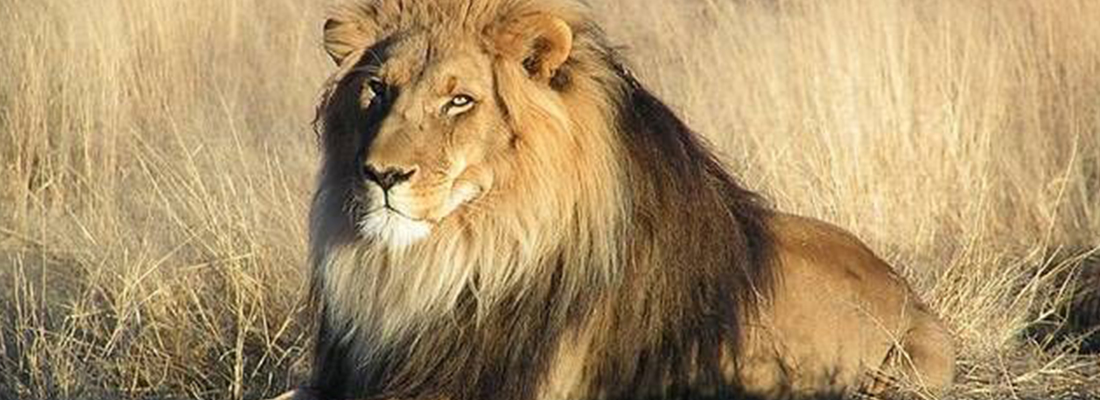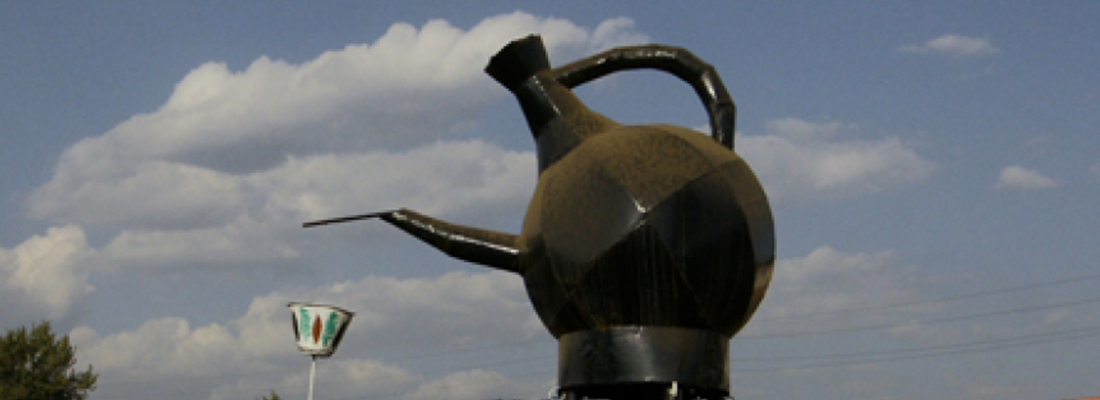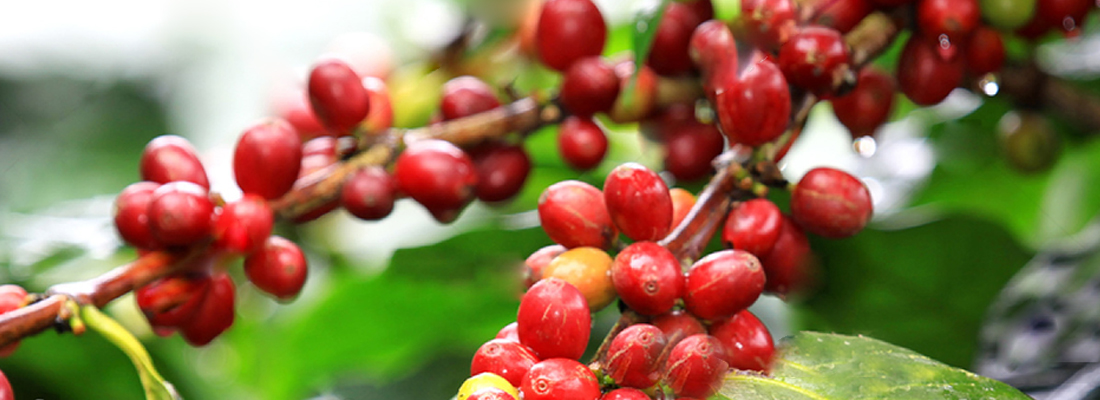
GAMBELLA
Gambella at the shore of the Baro river is the last city before the Sudanese border and it tastes Sudanese as well as Ethiopian. It has a subtropical hot and humid climate. Its inhabitants, the Anuak and Nuer are very friendly people.
The Anuak are fisherman and mixed agriculturists, very tall and dark skinned, and they speak a language related to that of the Luo in Kenya. The Nuer came from Sudan and are smaller than the Anuak but also dark-skinned.
It is interesting to visit the markets of the Nuer and Anuak in the town or to visit their villages outside and taste their culture and way of living.

JIMMA
This is the biggest and most modern town of the west with a green and friendly atmosphere. It was the capital of the kingdom of Jimma (founded in the 14th century) which became powerful by the trade of coffee and reached the summit of its wealth in the 19th century.
The last king of Jimma was the powerful King Abba Jiffar (1878-1932) who built a palace in Jiren, 8 km from Jimma. This palace is recently restored and can be visited daily.
The museum has an interesting collection of traditional arts and crafts, fine woodwork and musical instruments.

NATURAL BEAUTY
Near the village Matu the Sor Waterfall is a great attraction. The last kilometer to this waterfall you climb a track that leads you through a dense jungle with butterflies, birds and monkeys.
Finally the track descend to a viewpoint near the top of a gorge to have a splendid view on the waterfall, plunging down 100 meter into the gorge, surrounded by dense forest. At the base of the waterfall it is possible to swim in the cold water.
The Guder falls near Ambo can best be visited on Sunday because there is a dam upstream which will be opened only on sunday’s. Several routes lead you through a beautiful hilly landscape with dense forests where streams and rivers flow and waterfalls are plunging down.

COFFEE TOURS
Many believed that Ethiopia is the birthplace of coffee (not South America, which some believe). The indigenous coffee trees (which some experts say, are the only native coffee trees in the world) first grew in ancient “Abyssinia,” which is now present day Ethiopia.
These trees blossomed in an area called “Kaffa” and the trees were called “Kafa,” which may as well be the root word for coffee. In the tenth century, coffee was considered as a food for the local residents.
These people gathered the coffee beans from the trees that grew in the region, ground them up and mixed them with animal fat, forming small balls that they carried as rations on trips. Other indigenous tribes of Ethiopia ate the beans as porridge or drank a wine created from the fermented crushed coffee beans.